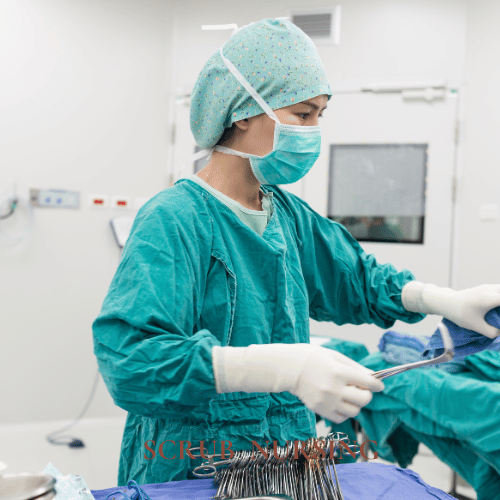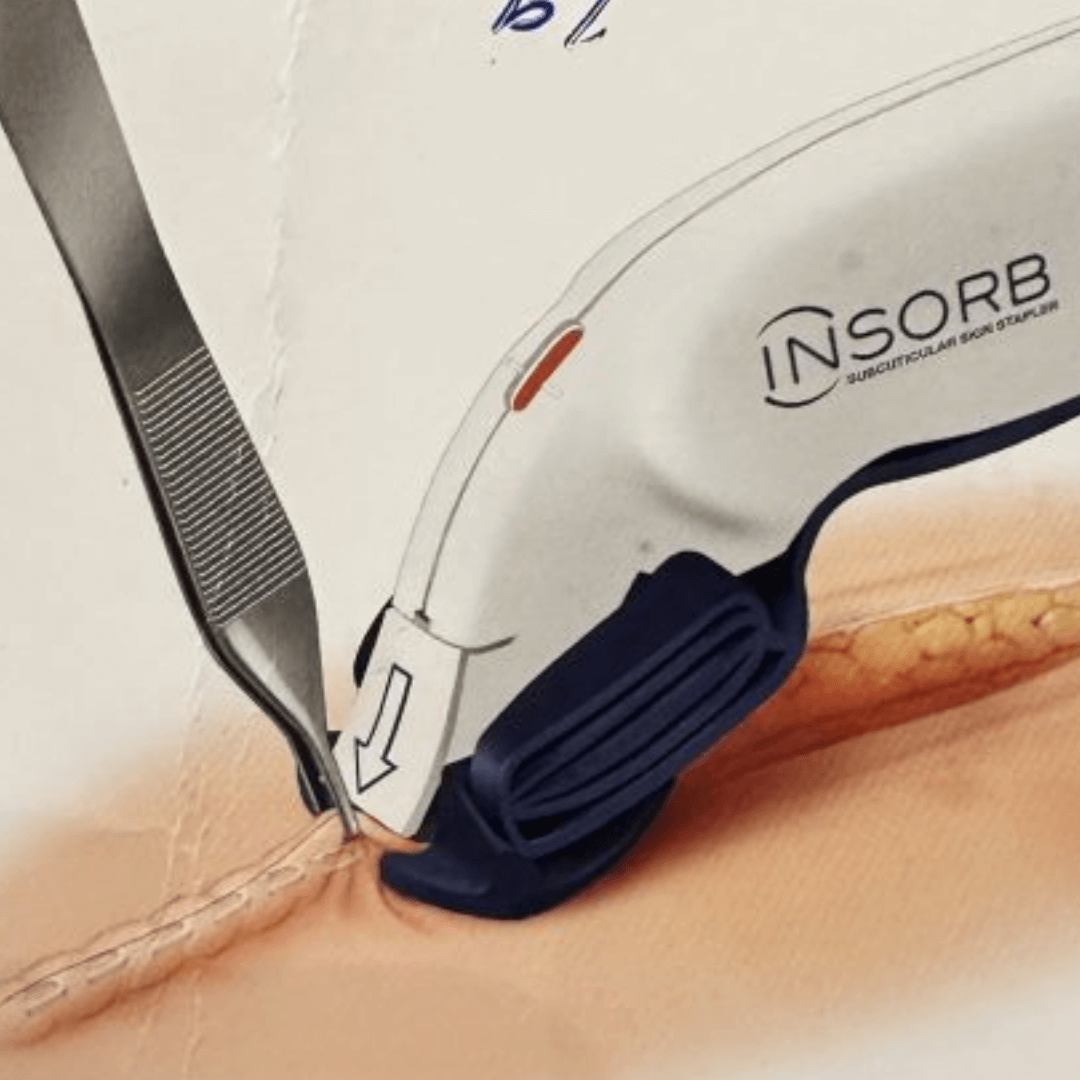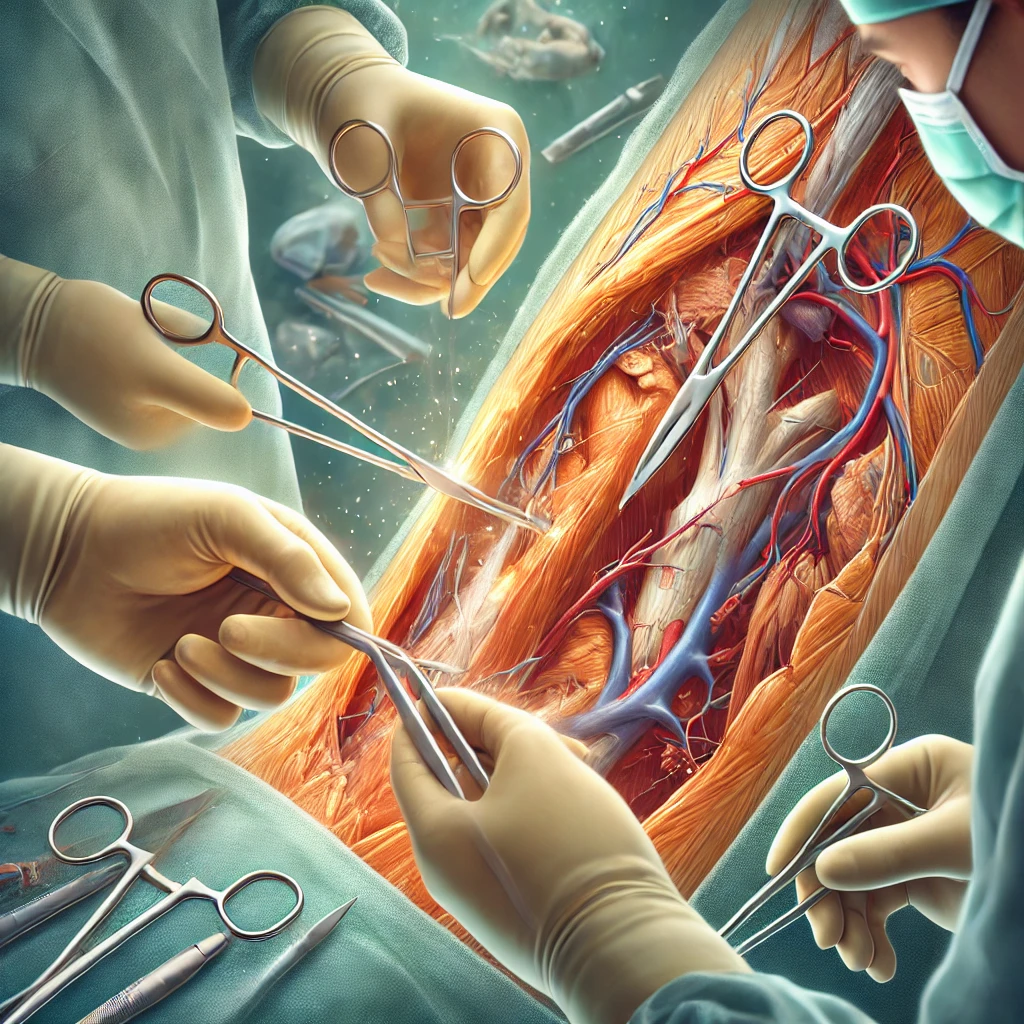The Ultimate Guide to Surgical Instruments for Student Nurses
Ready to dive deep into the world of surgical instruments? Whether you’re just beginning your nursing journey or looking to expand your knowledge, understanding surgical instruments is a fundamental skill that will set you apart in the operating room (OR). These instruments are not just tools—they’re extensions of the surgeon’s hands. And as a nurse, your role in managing them ensures the smooth running of every procedure.











